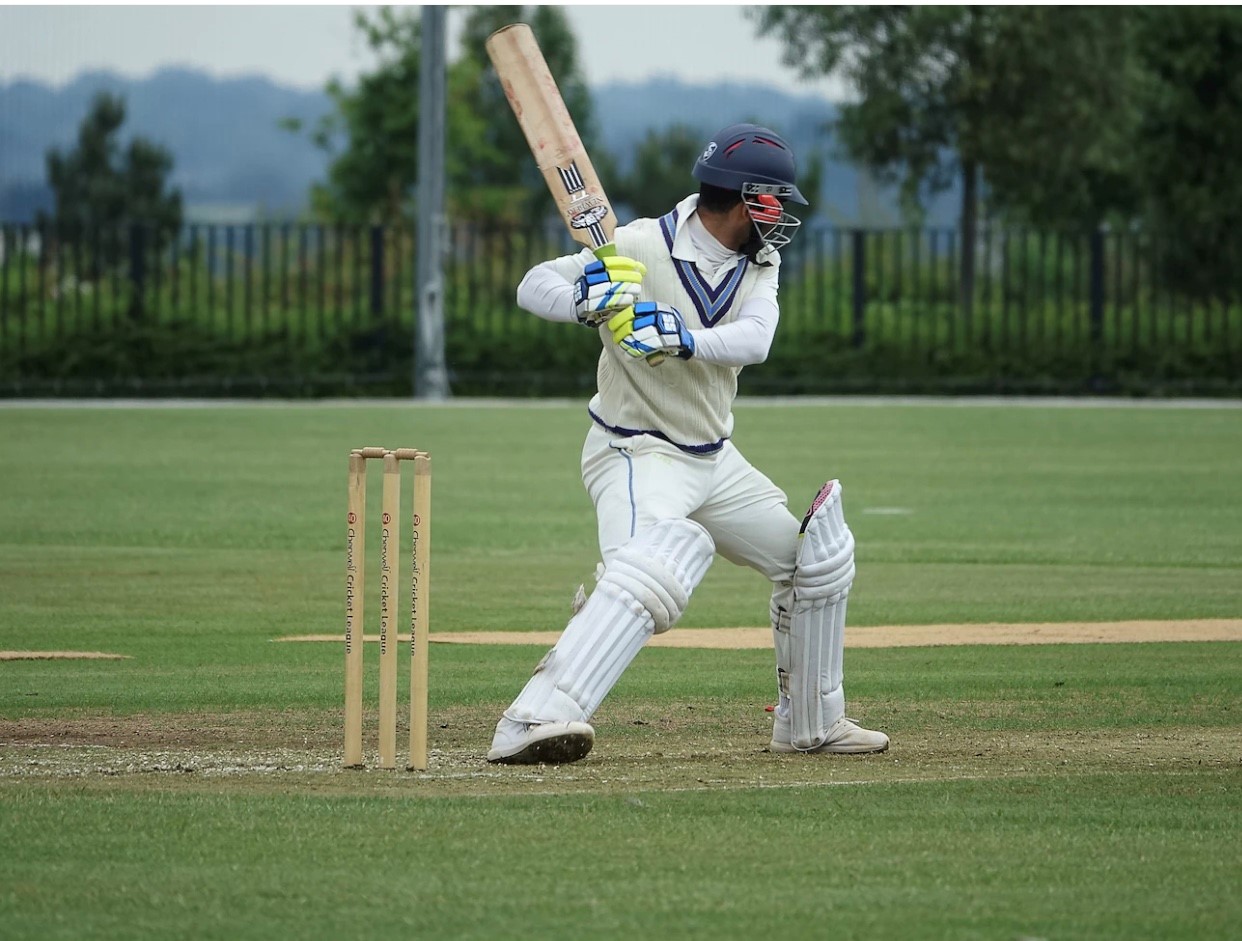Batting in cricket is one of the two primary aspects of the game, alongside bowling. It refers to the action performed by a batsman who uses a cricket bat to score runs and defend their wicket from the bowlers.
When a team is batting, two batsmen from the batting team are present on the field. The batsman facing the bowler is called the "striker" or "on-strike" batsman, while the other batsman is called the "non-striker" or "off-strike" batsman. The primary objective of the batsman is to score runs by hitting the ball bowled by the opposing team's bowler.
The batsman aims to score runs by hitting the ball into open spaces in the field, allowing them to run between the wickets. If they hit the ball to the boundary without the fielder touching it, they score four runs. If the ball crosses the boundary without bouncing, it is called a "four." If the batsman hits the ball over the boundary without touching the fielder or the ground, they score six runs, known as a "six."

The batsman also needs to defend their wicket from being hit by the ball, as getting dismissed (or "getting out") results in the end of their batting innings. There are various ways a batsman can get out, such as getting caught by a fielder, being bowled (when the ball hits the wicket), getting stumped (when the wicket-keeper removes the bails while the batsman is out of their crease), getting run out, and more.
Batting requires skill, technique, concentration, and decision-making to score runs while preserving one's wicket. It plays a crucial role in determining a team's total score and the outcome of a cricket match.